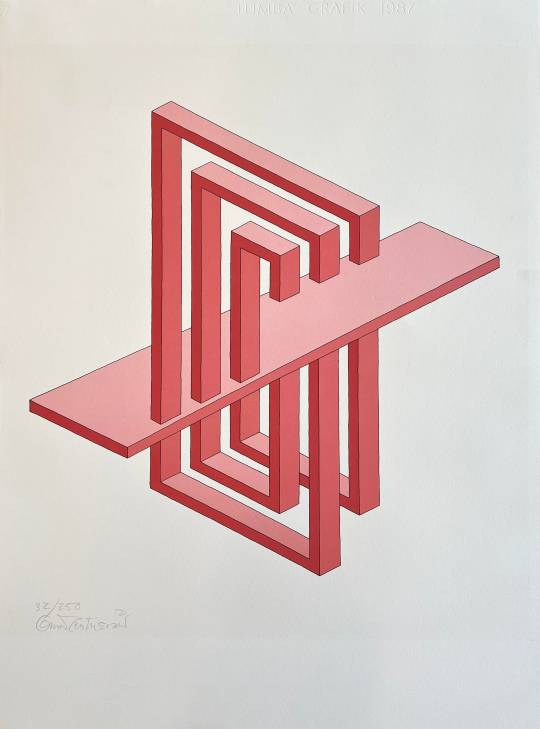#reutersvärd
Video
(Im)possible Lego Triangle by Nils O. Brix
Via Flickr:
Perspective is everything… An illusion of a Reutersvärd Triangle built with Lego bricks. Based on Brixe’s original design. It's the brick built version of my digital model that I've built with LDD and rendered with Stud.io two years ago.
0 notes
Photo

Newly painted tessellation today that I designed/published on 2/15/2021. #new #art #geometry #mathart #pattern #geometricart #tessellation #stringtheory #p3m1 #aus10m #mcescher #reutersvärd #vasarely #penrose #isometric #madebyhand #analog #worksonpaper #artstudent #wallpaper #fashion #design (at The Museum of Fine Arts, Houston) https://www.instagram.com/p/CfrctZRJVco/?igshid=NGJjMDIxMWI=
#new#art#geometry#mathart#pattern#geometricart#tessellation#stringtheory#p3m1#aus10m#mcescher#reutersvärd#vasarely#penrose#isometric#madebyhand#analog#worksonpaper#artstudent#wallpaper#fashion#design
0 notes
Text




Oscar Reutersvärd 1983
270 notes
·
View notes
Text

Oscar Reutersvärd
(Sweden, 1915-2002)
Oscar Reutersvärd, watercolour with cut out signed
Bukowskis
16 notes
·
View notes
Text

Triángulo de Penrose.
El triángulo de Penrose es un objeto imposible que fue creado en 1934 por el artista sueco Oscar Reutersvärd. Posteriormente fue redescubierto de forma independiente por el físico Roger Penrose, en la década de los 1950, quien lo hizo popular, describiéndolo como "imposibilidad en su forma más pura". Aparece de forma destacada en las obras del artista M. C. Escher, hasta el punto que fue parcialmente inspirado por sus primeras imágenes de objetos imposibles. El término puede referirse tanto al objeto imposible como a su representación bidimensional.
Este objeto imposible aparenta ser un objeto sólido, formado por tres tramos rectos de sección cuadrada, que se encuentran unidos formando ángulos rectos en los extremos del triángulo que conforman. Esta combinación de propiedades no puede ser satisfecha por ninguna figura tridimensional en un espacio euclídeo ordinario. En cambio, en ciertas 3-variedades sí que pueden existir.2
Escultura del triángulo imposible como ilusión óptica en East Perth, Australia Occidental.
Existen además objetos tridimensionales sólidos que, cuando son observados desde el ángulo apropiado, aparentan ser triángulos de Penrose.
39 notes
·
View notes
Text

Oscar Reutersvärd
Nice article at Cantor's Paradise about impossible geometry, giving proper credit to Reutersvärd, but also covering Penrose and Escher.
15 notes
·
View notes
Text


Oscar Reutersvärd
2 notes
·
View notes
Text
A research page about Oscar Reutersvärd.

2 notes
·
View notes
Text
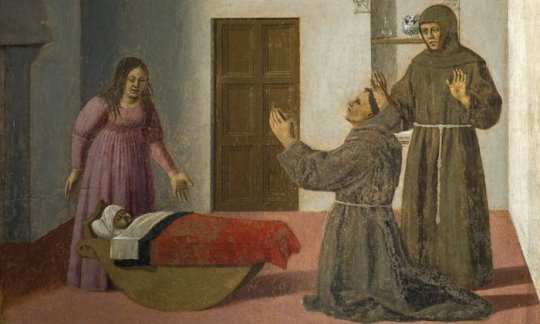


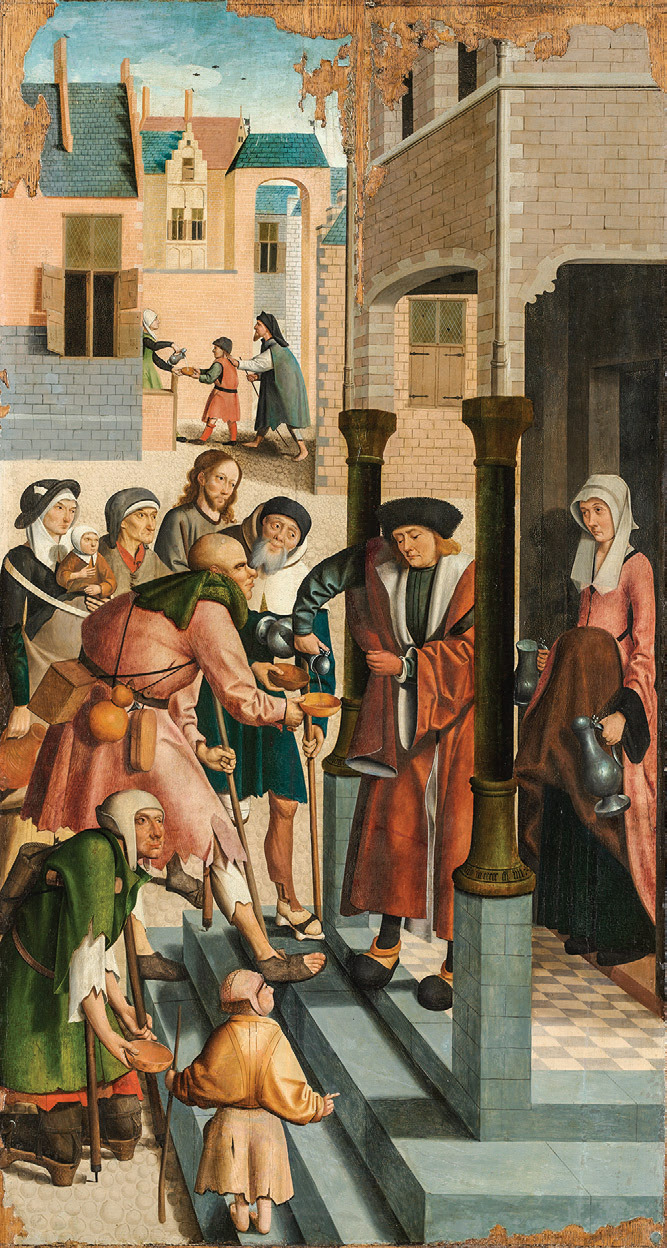
The Art of the Shadow: How Painters Have Gotten It Wrong for Centuries
The goal is not to expose the “slipups” of the masters but to understand the human brain.
By: Roberto Casati & Patrick Cavanagh
Shadows can do some adventurous, sometimes malignant, poetic things: They move, rebel, hide, refuse to be identified, vanish. All these visual aspects provide fertile ground for complex metaphors and narrations. Shadows are so visually telling that it takes little to move into emotionally tinged narratives. But it is the visual aspects that we primarily deal with here, with a special focus on several types of misrepresentations of shadows — shadows doing impossible things — that nevertheless reap a payoff for scene layout and do not look particularly shocking.
Painters have long struggled with the difficulties of depicting shadows, so much so that shadows — after a brief, spectacular showcase in ancient Roman paintings and mosaics — are almost absent from pictorial art up to the Renaissance and then are hardly present outside traditional Western art.
Here, we embark on a journey that takes us through a number of extraordinary pictorial experiments — some successful, some less so, but all interesting. We have singled out some broad categories of solutions to pictorial problems: depicted shadows having trouble negotiating obstacles in their path; shadow shapes and colors that stretch credibility; inconsistent illumination in the scene; and shadow character getting lost. We also find some taboos, that is, self-inflicted limitations on where or what to depict of a shadow.
Some of the shadow oddities in our tour are scientifically remarkable, as they suggest that painters discovered important shortcuts in representing three-dimensionality. Importantly, painters point out the visual system’s peculiar tolerance for physically impossible shadows, as well as an occasional intolerance of quite possible shadows. Some other oddities simply indicate the difficulty in solving a representational problem but are interesting nonetheless. In general, most of the cases we examine involve radical simplifications of the physical aspects of the represented scene and reveal a (relative) tolerance in the human visual system for these simplifications. In most cases, detecting these odd physical aspects requires careful observation, which indirectly proves the thesis we are making: that some pictorial shortcuts are indeed effective. Spotting impossibilities in a picture with shadows is not like quickly noticing that something is wrong with the Reutersvärd-Penrose impossible triangle. So although we are perplexed by some impossible solid objects, we seldom notice equally implausible shadows.
4 notes
·
View notes
Photo

TRIÁNGULO DE PENROSE 🕵 El triángulo de Penrose es un objeto imposible que fue creado en 1934 por el artista sueco Oscar Reutersvärd. Posteriormente fue redescubierto de forma independiente por el físico Roger Penrose, en la década de los 1950, quien lo hizo popular, describiéndolo como "imposibilidad en su forma más pura". Este objeto imposible aparenta ser un objeto sólido, formado por tres tramos rectos de sección cuadrada, que se encuentran unidos formando ángulos rectos en los extremos del triángulo que conforman. Esta combinación de propiedades no puede ser satisfecha por ninguna figura tridimensional en un espacio euclídeo ordinario. En cambio, en ciertas 3-variedades sí que pueden existir. ¡Sorprendente! (en Venezuela) https://www.instagram.com/p/Clzpj_PInvA/?igshid=NGJjMDIxMWI=
0 notes
Photo

Painting w/ black ink today! (Which is very delicate) #worksonpaper #fineart #geometric #mathart #geometry #design #reutersvärd #vasarely #mcescher #aus10m #inkonpaper #pattern #isometric. (at Rice - Military, Houston) https://www.instagram.com/p/CfomI59gZb3/?igshid=NGJjMDIxMWI=
#worksonpaper#fineart#geometric#mathart#geometry#design#reutersvärd#vasarely#mcescher#aus10m#inkonpaper#pattern#isometric
0 notes
Photo
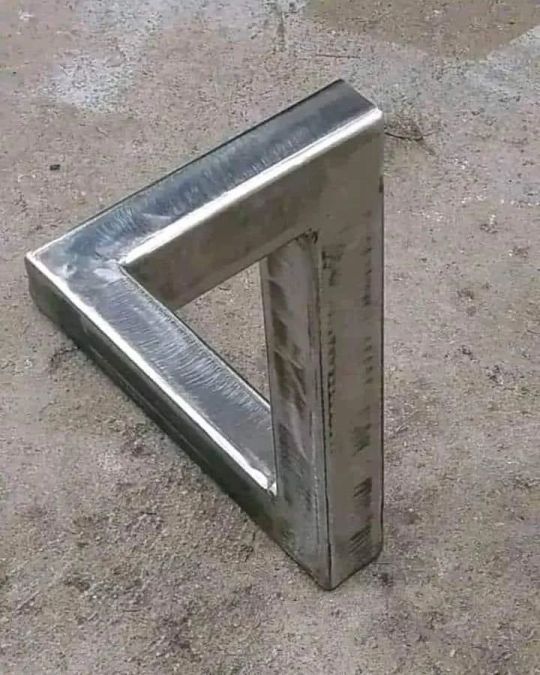
Triángulo de Penrose. El triángulo de Penrose es un objeto imposible que fue creado en 1934 por el artista sueco Oscar Reutersvärd. Posteriormente fue redescubierto de forma independiente por el físico Roger Penrose, en la década de los 1950, quien lo hizo popular, describiéndolo como "imposibilidad en su forma más pura". Aparece de forma destacada en las obras del artista M. C. Escher, hasta el punto que fue parcialmente inspirado por sus primeras imágenes de objetos imposibles. El término puede referirse tanto al objeto imposible como a su representación bidimensional. Este objeto imposible aparenta ser un objeto sólido, formado por tres tramos rectos de sección cuadrada, que se encuentran unidos formando ángulos rectos en los extremos del triángulo que conforman. Esta combinación de propiedades no puede ser satisfecha por ninguna figura tridimensional en un espacio euclídeo ordinario. En cambio, en ciertas 3-variedades sí que pueden existir.2 Escultura del triángulo imposible como ilusión óptica en East Perth, Australia Occidental. Existen además objetos tridimensionales sólidos que, cuando son observados desde el ángulo apropiado, aparentan ser triángulos de Penrose. https://www.instagram.com/p/CluIqM7qaod/?igshid=NGJjMDIxMWI=
0 notes
Text
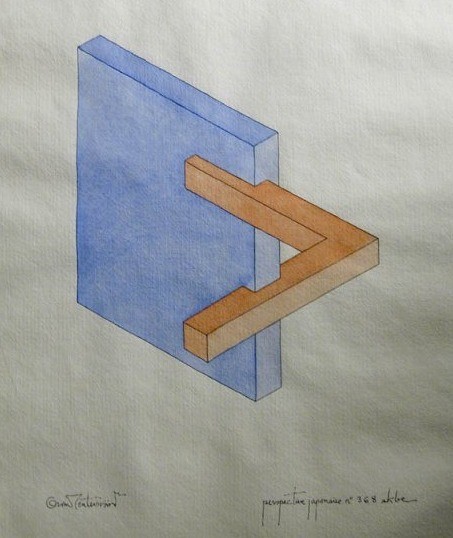
dann war da noch die frage was das würd von oscar reutersvärd
1 note
·
View note
Photo
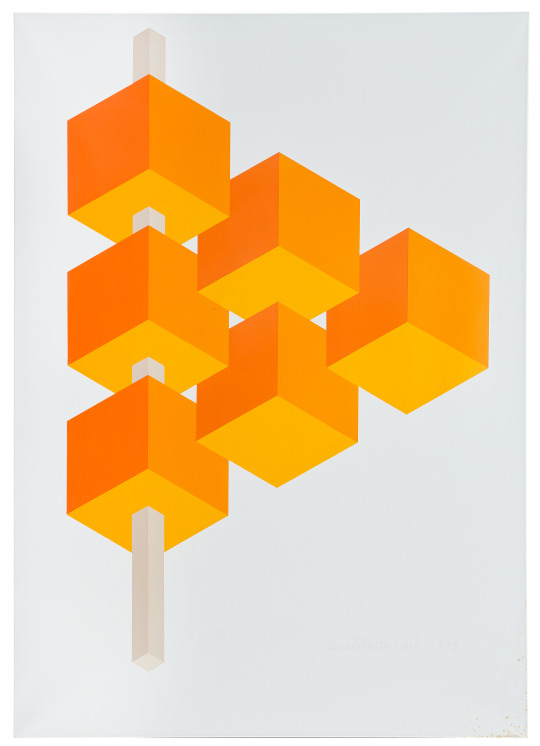
Oscar Reutersvärd (Swedish, 1915-2002), Omöjlig figur [Impossible form], 1979. Oil on canvas, 155 x 110 cm.
240 notes
·
View notes
Photo

Impossible
#impossible#penrose triangle#Oscar Reutersvärd#MC Escher#geometry#Symmerty#watercolor#aquarelle#regolo54
172 notes
·
View notes

